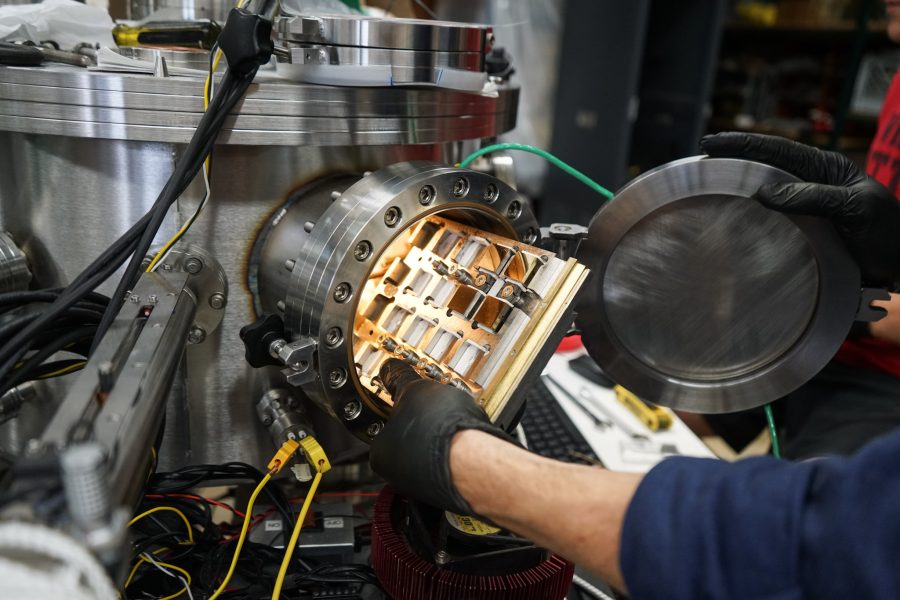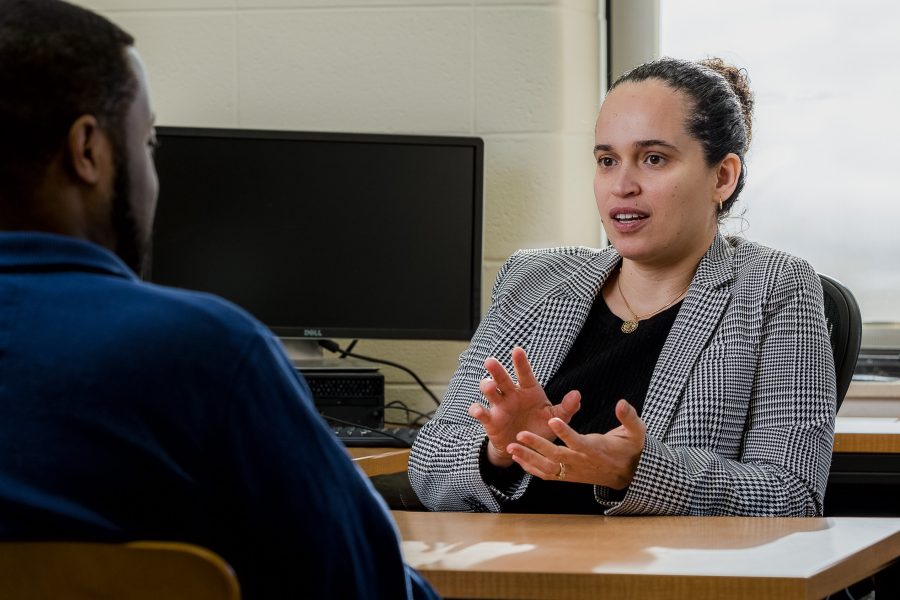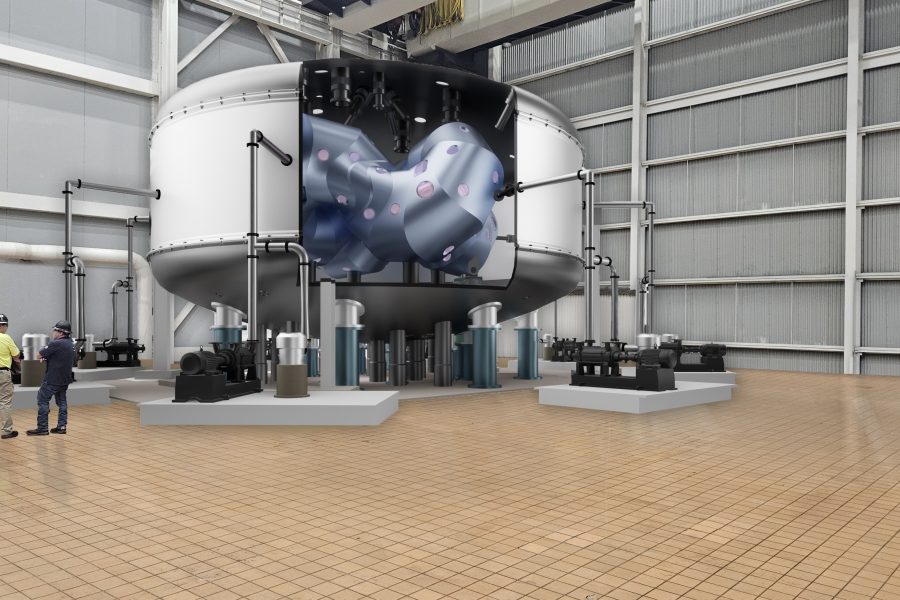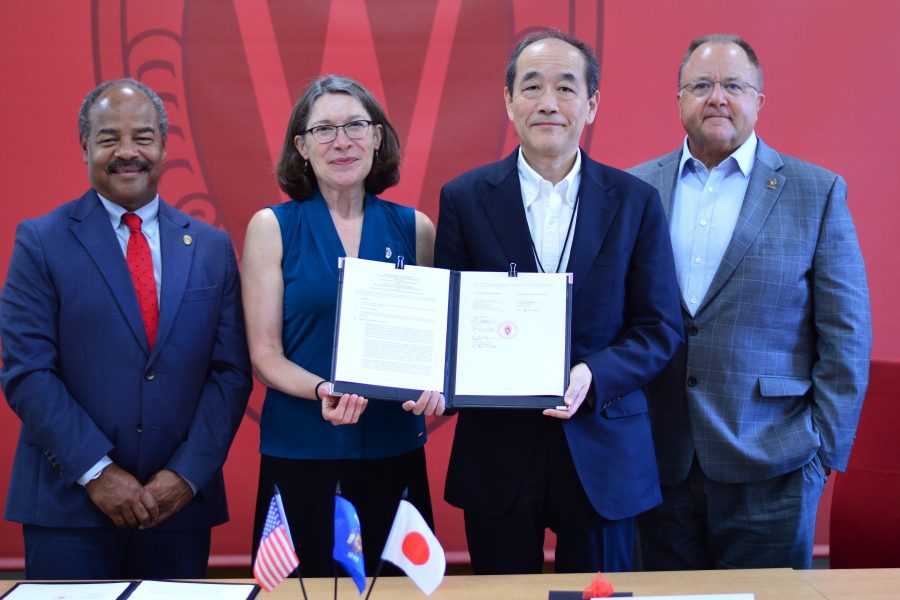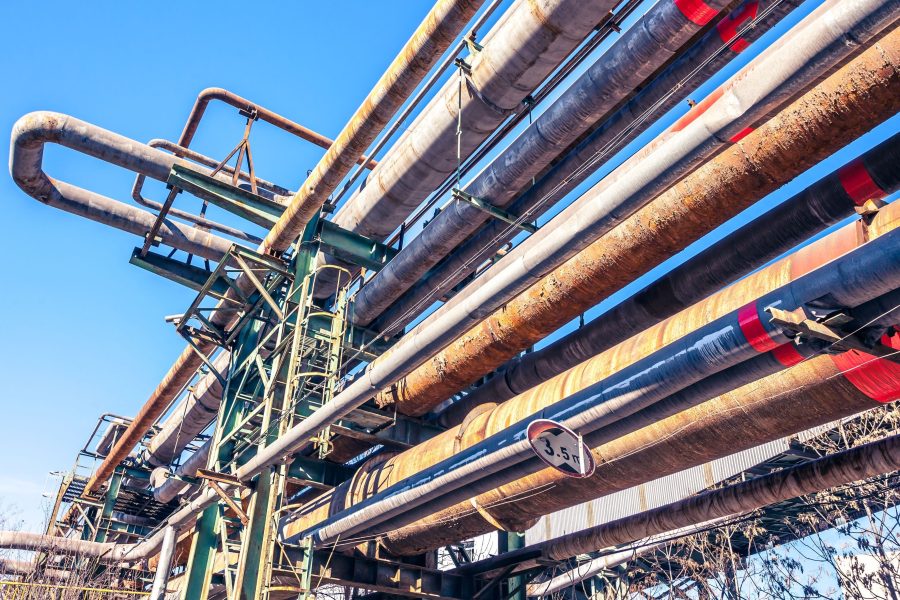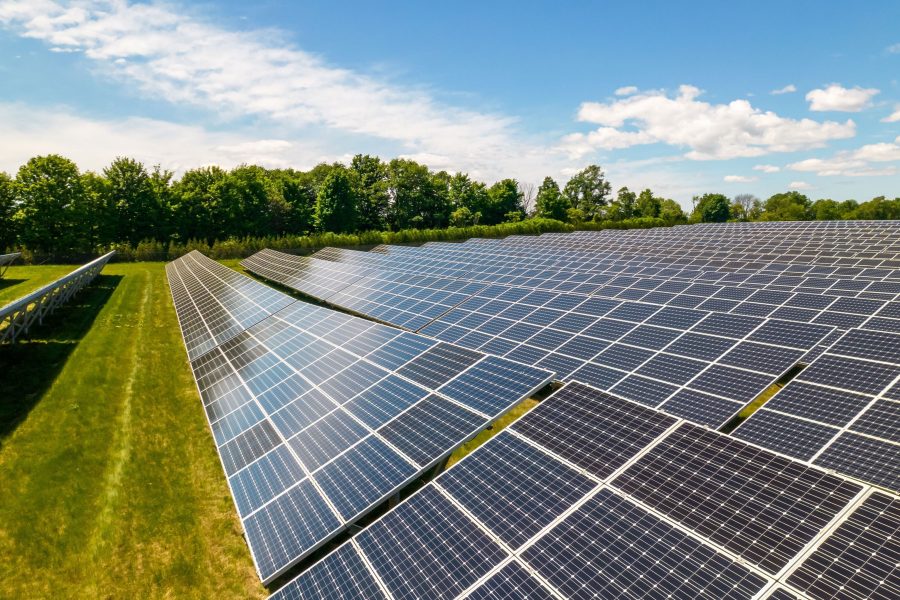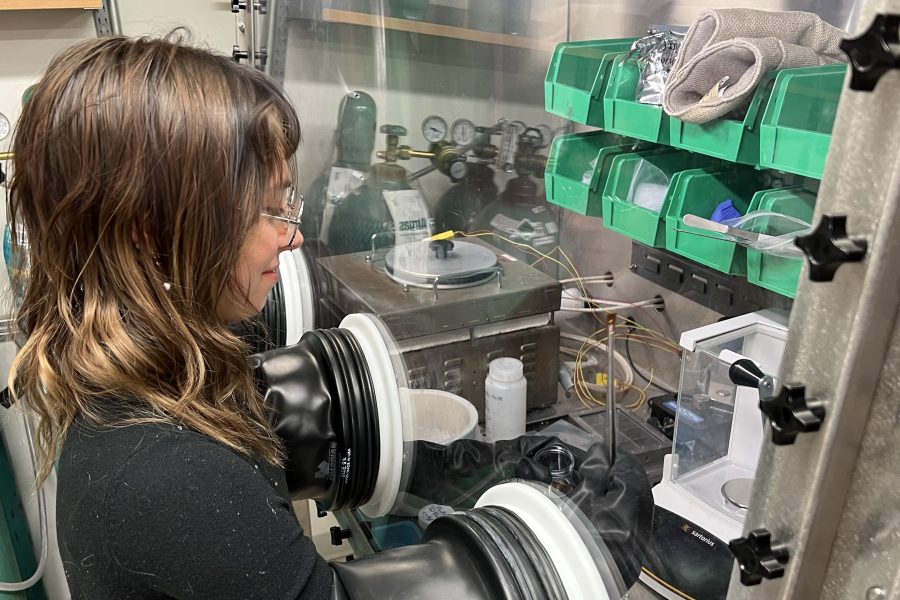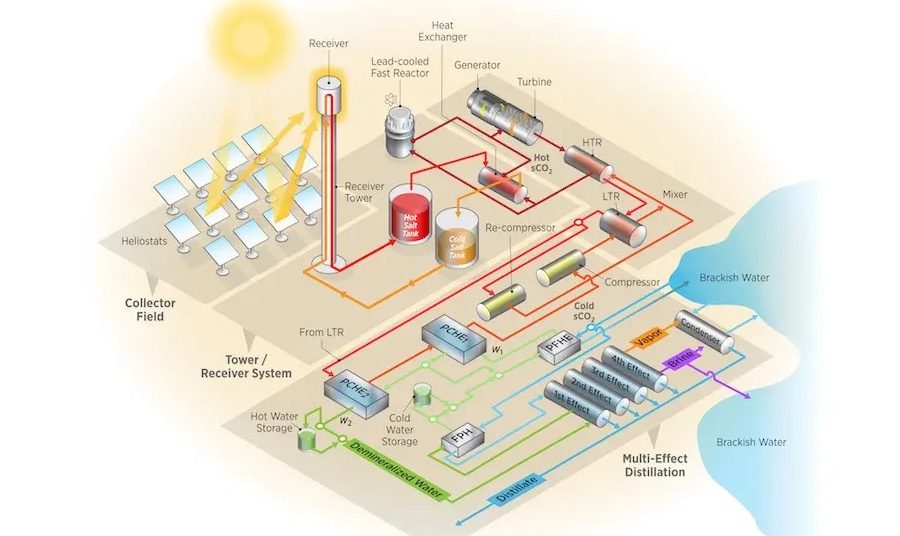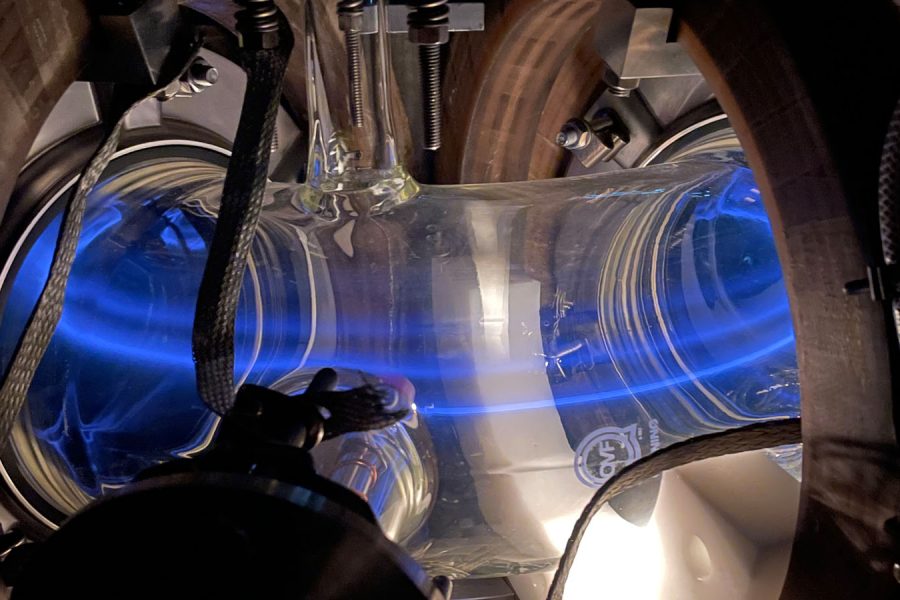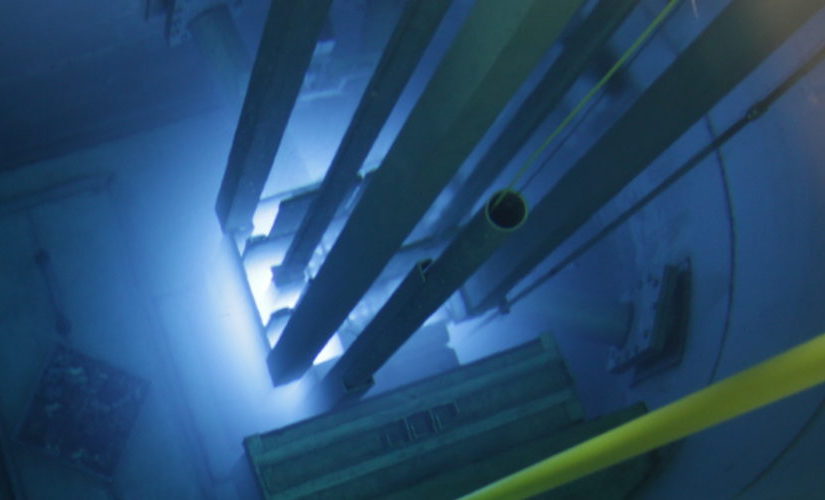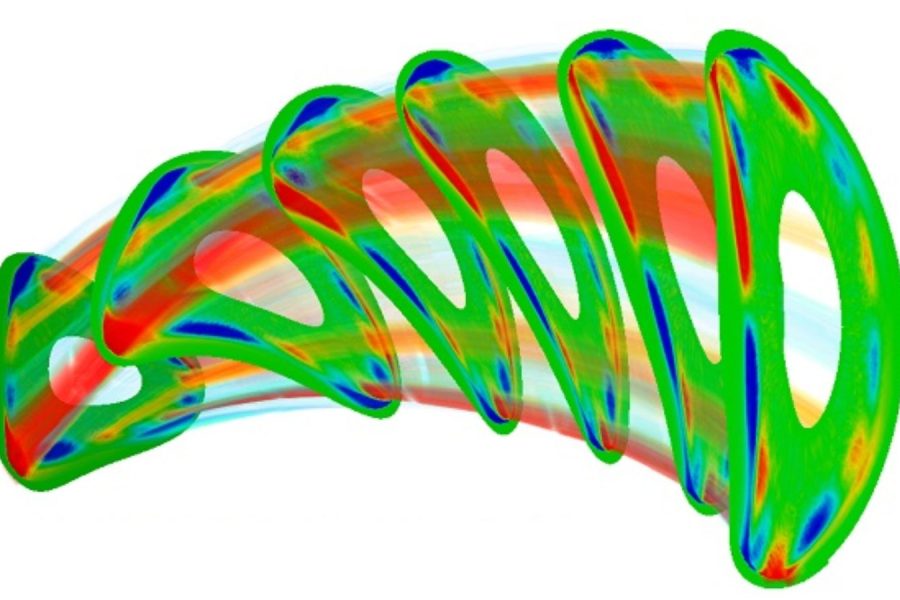Reinventing the beam: accelerating the path to clean energy materials
The University of Wisconsin–Madison Ion Beam Lab (IBL) has developed a high throughput ion irradiation technique for fusion materials discovery and deployment that has driven rapid expansion in both usage and funding, tripling external revenue since 2023. The lab is also renovating its third beamline for an advanced materials characterization project.
Ask an expert: Juliana Pacheco Duarte discusses what's on the horizon for nuclear in the nation's overall energy landscape
Juliana Duarte is an assistant professor of nuclear engineering and engineering physics. Her research focuses on thermal hydraulics and reactor safety during transient and severe accident scenarios. In this interview, she discusses the future of nuclear power, including safety, technology and policy challenges, how the field is continuing to evolve, and how it can continue to integrate into the U.S. power grid.
UW–Madison and Japan's National Institute for Fusion Science strengthen research partnership
University of Wisconsin–Madison and Japan’s National Institute for Fusion Science leaders have signed task agreements that will strengthen collaboration and cooperation between the two institutions to advance science and technology for realizing fusion energy. The collaboration will focus on research related to stellarators, fusion devices that use electromagnetic coils to create three-dimensional magnetic fields, confining high-temperature plasmas inside a vacuum chamber.
UW–Madison supports half-billion-dollar U.S. clean energy project to benefit rural Wisconsin communities
Dairyland Power Cooperative was selected by the U.S. Department of Agriculture to receive grant and loan funding of nearly $579 million through the Empowering Rural America (New ERA) program. The University of Wisconsin-Madison College of Engineering is a partner in this major new project that will create good-paying jobs, significantly reduce emissions and lower energy costs for rural Wisconsin communities.
Major Research Facilities
Pegasus-III Experiment
Pegasus-III is a fusion science research program focusing on the unique features of an extremely low aspect ratio spherical tokamak to compare, contrast, and develop solenoid-free startup techniques for next-step fusion energy systems.

University of Wisconsin Nuclear Reactor (UWNR)
The UWNR is a 1 MW TRIGA research reactor that has been operating as a teaching and research reactor since 1961. The reactor is about 1/3,000th the size of a commercial reactor and supports a wide range of research and educational endeavors.

Ion Beam Lab (IBL)
The IBL houses an NEC 1.7 MV tandem Pelletron accelerator used to discover, test, and develop materials for extreme environments by studying the complex degradation mechanisms of materials subjected to corrosion and irradiation.
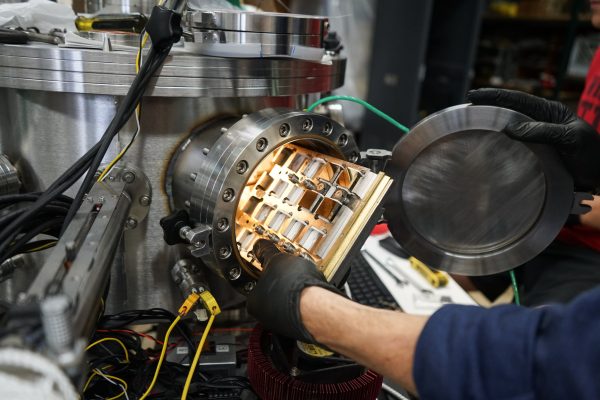
Helically Symmetric eXperiment (HSX)
The Helically Symmetric eXperiment (HSX) is the world’s first stellarator optimized for quasi-symmetry, and it has demonstrated excellent plasma confinement. Current HSX research focuses on plasma turbulence and neoclassical transport.
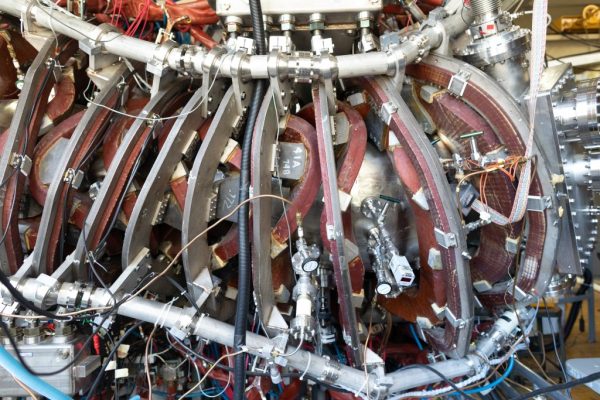
Core Research Areas
Nuclear and Fusion Materials
We study and predict how nuclear materials respond to the extreme environments of nuclear systems, developing new materials that can better withstand high temperatures, stress, corrosive fluids, and intense radiation.
Energy Transitions, Policy, and Security
By analyzing how fission and fusion energy systems evolve within the constraints of the physical world and the socio-political systems that govern them, we explore questions of economics, security, and social license.
Experimental Plasma Physics
Using a variety of experimental facilities, we explore new methods of plasma heating, startup and confinement to support the quest for fusion energy.
Nuclear Systems Engineering
Using novel computational and experimental methods, we simulate the nature of nuclear reactions, exploring alternative materials and design choices that could improve the safety and efficiency of nuclear systems.
Plasma Theory and Computation
Our robust theory and computation team utilizes computational techniques and new mathematical models to study and describe the complex behavior of high-temperature plasmas.
